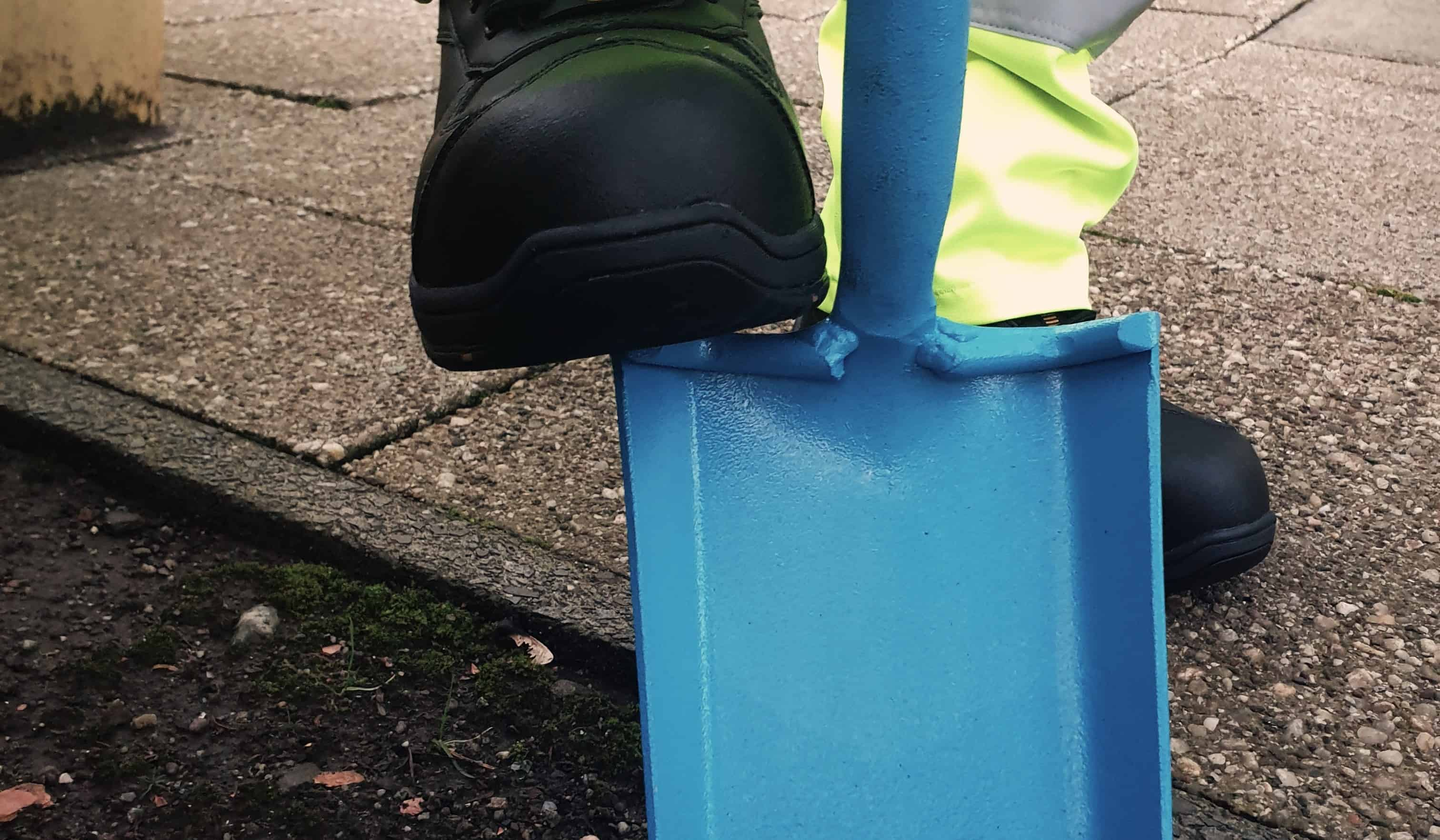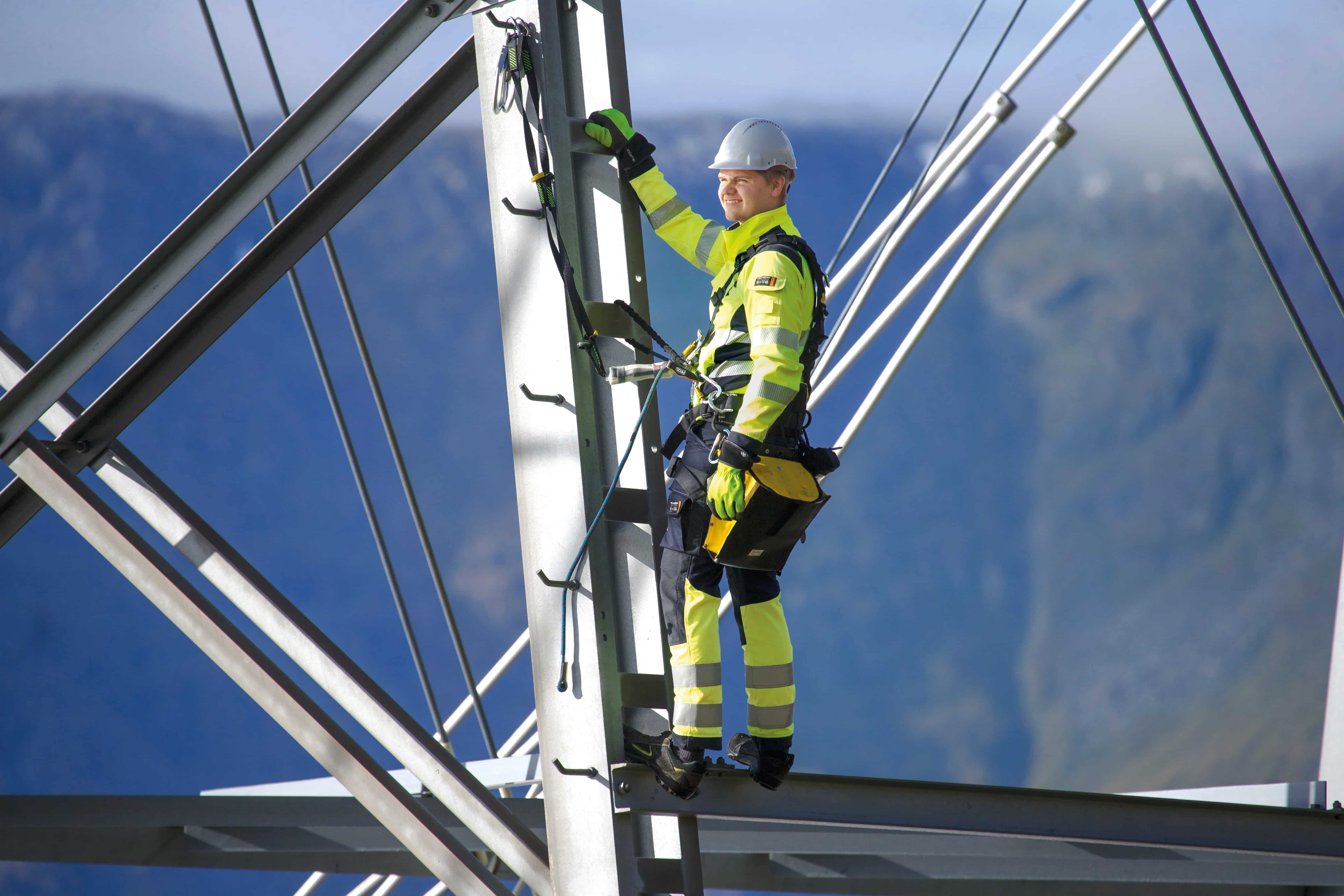Arc Flash PPE vs. Flame Retardant (FR) PPE: What’s the Difference?
At LION Safety we have been working with flame-retardant fabrics and ARC-rated fabrics for many years. We have helped countless companies who are looking at deciding the best garments for 50+ workers, and all the way up to corporate clients looking to do a rollout to thousands of staff with new workwear.
This is a question we get asked a lot: what is the difference between flame retardant (FR) workwear and arc-rated workwear?
There is a popular misconception that Flame Retardant/ Anti-Static garments are interchangeable with arc flash protection. This can be a dangerous belief to hold if there is a risk of arc flash and the wearer is wearing only FR garments.
This article will help determine whether you need FR or arc-rated garments.
What is arc-rated PPE?
Arc-rated PPE is protective workwear that is manufactured to withstand the extreme force and temperature of an arc flash. An arc event begins at 19000 degrees C, which will melt and/or vaporise any garment that is not arc-rated.
It is critical to understand that arc-rated PPE is designed to absorb the thermal impact energy of an arc flash strike. This means that it protects the wearer against second or third-degree burns. A second-degree burn is where the first and second layers of skin are broken through, and a third-degree burn damages the layer of fat, and sometimes even bones, underneath the skin. Arc-rated PPE absorbs the heat and prevents the wearer from serious burns.
Arc flash protection undergoes treatments and testing procedures during the manufacturing process that make the items able to withstand the intensity of an arc flash.
Arc flash workwear must comply with these standards:
- IEC 61482-2,
- BS EN ISO 11611,
- BS EN ISO 11612.
These standards ensure that any garment will protect a person from the thermal hazards of an electric arc and any hazards from welding, heat, and flame.
Arc-rated workwear can also comply with other standards depending on the application, such as the standard for high-visibility workwear or the standard for protection against the cold.
What is FR/AS PPE?
FR/AS, (or Flame Retardant/Anti-Static), PPE is a type of workwear that is designed to protect a wearer against heat and flame (FR), and prevent static buildup to stop ignition in an explosive atmosphere (AS). There are 4 standards that FR/AS workwear can comply with depending on the application.
Flame Retardant
Flame retardant workwear has to comply with EN ISO 11612:2008 at a minimum.
For a garment to meet the standards for limiting flame spread and burning itself out, it must comply with EN ISO 14116:2008.
Anti-Static
With Anti-Static (AS), there are two standards that perform different functions in a garment.
To protect the wearer, it must comply with EN1149 to prevent static buildup from sparking in an explosive atmosphere. Garments that adhere to EN1149 must also adhere to an FR standard.
To protect the equipment, a glove must comply with IEC 61340 which protects electronic devices from electrostatic phenomena. Gloves that comply with this standard prevent the buildup of static charge and can be worn to handle electronics without fear of damaging them.
Like arc flash PPE, FR/AS workwear may also require compliance with other standards depending on the environments, job roles, or industries they will be used in.
What is the difference between FR/AS and Arc-rated PPE?
The difference between FR/AS PPE and arc-rated PPE is the hazards they are designed to protect a wearer from. The environments and hazards associated with FR/AS workwear require protection from flame spread, heat, and static buildup. The environments and hazards associated with arc flash protection require a garment to be able to withstand extreme temperatures of at least 19,000 degrees C as well as being able to limit flame spread, heat, and static buildup. It goes through a different manufacturing process to achieve this.
When should I use arc-rated protection?
If your workers are at an identified risk of an electrical arc event, you must provide arc flash protection for them.
Some industries that are at risk of arc events are:
- Energy and renewables (particularly wind)
- Rail
- Telecommunications
- Construction (anyone working around or with underground services, such as electricity cables, telecommunications cables, and pipelines).
For more information on the guidance around underground services, check out our blog What is HSG47, which will tell you everything you need to know about the HSG47 guidelines.
How do I know what level of risk determines the need for arc protection?
If you are unsure whether FR/AS or arc-rated protection is required, you can undertake an arc flash study. An electrical safety expert should carry out an arc study to ensure that a company fully understands the risks posed to its team and how to mitigate those risks best.
An arc study will also help you to understand what CAL rating a garment is required to have to protect your team. This will help if you are unsure where to start, as once you have the results, you will be able to let any supplier know the level of protection you are looking for from a garment, which can help them narrow down the selection and speed up the buying process.
When shouldn’t I use arc-rated protection?
If you do not require arc flash PPE, due to there being no risk of an electrical arc event, you may do more harm than good by kitting out your staff in arc flash protection.
Not only would this be a quick way to burn through your budget, this can also lead to putting your staff at risk.
Overprotecting your employees with arc flash kit instead of FR/AS if required, can lead to them shedding layers or not wearing their kit, meaning they will not be protected from hazards at all.
Ensuring staff is properly protected for the identified hazards is necessary, but overprotecting them can do more harm than good and erase the measures you’ve put in place to mitigate risk in the first place.
When should I use FR/AS PPE?
FR/AS PPE is perfect for jobs where risks of flame or static buildup have been identified. If there is no identified risk of an arc, but your employees still need protection from flame and sparks, FR/AS is for you.
Example:
Think about a tanker driver delivering a tanker load of fuel to your local petrol station. They need to be protected with FRAS (Flame Retardant Anti Static) workwear.
Loading and unloading fuel when the driver is working can create static. That static as we all know could create a flash. That flash when loading fuel at a petrol station will most likely create a fire and the driver needs to be protected from the fire. So the anti-static in the material stops the build-up of static which could ultimately lead to a fire.
Now the point to note here is that the general FR garments available to the working market in the UK do not act like fire suits that firemen wear and allow you to walk through the fire, unscathed and out the other side. Not at all.
Garments available to the working market are there to help protect the wearer for a very short period of exposure time to a flash fire.
When shouldn’t I use FR/AS PPE?
You should not use FR/AS protection if there is an identified risk of arc flash, as you will not be protected and therefore will be non-compliant. If there has been an identified risk of any exposure at all to an ARC flash then Arc flash workwear is an absolute must.
I am looking for arc-rated protection, what do I do?
You can choose to either speak to one of our technical team who will help you decide the best route to go down for your team. Book time in Wade’s calendar at a time that suits you.
Alternatively have read How to choose the Right ARC Flash PPE
I am looking for FR/AS PPE, what do I do?
You can choose to either speak to one of our technical team who will help you decide the best route to go down for your team. Book time in Wade’s calendar at a time that suits you.
Alternatively, have a read of What is the difference between inherent and treated flame retardant fabrics? - Lion Safety

